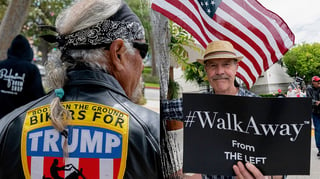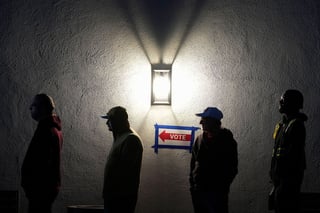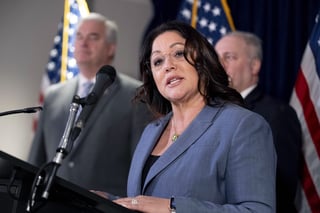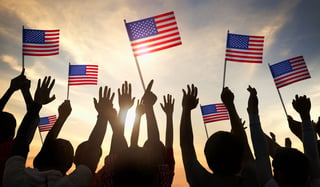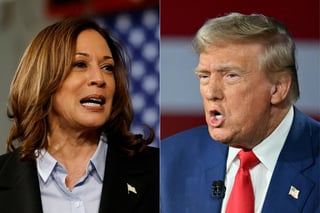Politics ❯ Elections ❯ 2024 Presidential Election
Black Voters Latino Voters Young Voters Women Voters Hispanic Voters Swing States Gender Gap Jewish Voters Arab American Voters Working-Class Voters Muslim Voters Independents Voters of Color Blue-Collar Workers Black Male Voters Union Workers Republican Voters Working Class Voters Undecided Voters Independent Voters Union Voters African American Voters Party Coalitions Female Voters Black and Latino Voters Union Support Arab-American Voters Latino Vote Voter Turnout Party Affiliation Arab and Muslim Votes Arab-American Community Men Voters Black and Hispanic Voters College-Educated Voters Participation Rates Political Shifts Political Realignment Racial Voting Patterns Gender Voting Patterns Economic Factors Sociological Factors Youth Voting Trends Voting Behavior Arab-American Vote New York Gender and Race Electoral Trends Working-Class Trends Non-White Voters Black Christians Party Performance Voting Trends Support for Trump Pet Ownership Swing State Voters Male Voters Support Trends Youth Engagement Religious Voters Indian American Voters Baby Boomers Black Voter Support Youth and Diversity Youth Voters Younger Voters Rust Belt Voters Arab and Muslim American Voters White Male Voters Single Women Voters Polling Data Polling Trends Geographic Voting Patterns Arab-American and Muslim Voters Jewish Voter Trends Diverse Voters Age Groups Arab Americans Latinos Key Voter Groups Hispanic Electorate Gender Key Voting Blocs Black Men Asian American and Pacific Islander Voters
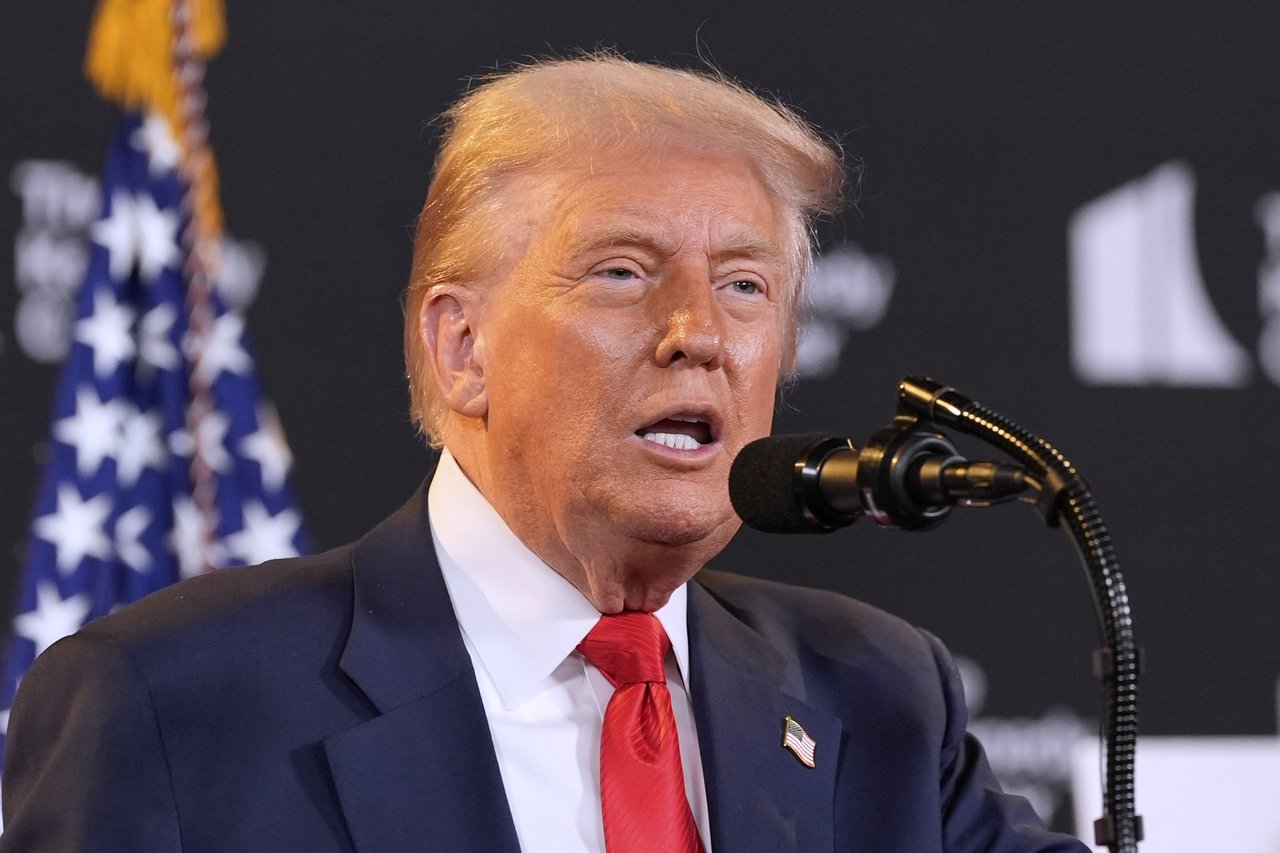
Widespread public disapproval of Trump’s tariff program has driven support below 40 percent.

